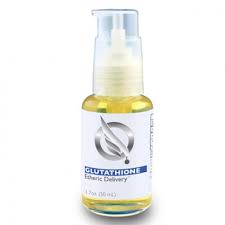If you are looking for an IAOMT accredited dentist who is capable of removing amalgam fillings, you have found us. Maryland Holistic is a biological dental practice located in Burtonsville Columbia MD that uses a safe mercury amalgam removal technique. Dr Adams is certified and trained to remove mercury fillings with the IAOMT SMART approach to safe dental mercury filling removal. We have been a mercury free dental practice for over 15 years.
Wondering about amalgam removal? It’s not just about dental aesthetics—removing these fillings can reduce your mercury exposure, a significant health concern. In this guide, we explain the crucial steps and safety practices for successful amalgam removal that protect your health and the environment.
Safe Amalgam Filling Removal Video
Advantages Removing Mercury Fillings
- Removal of toxic material from the mouth
- Removal of corrosive metals. Metal fillings and crowns are made of mixtures of different metals called alloys. Metal alloys break down and leak out into the mouth. Some metals can cause allergies, hypersensitivities.
- No more Galvanic reactions. Metals conduct electricity from tooth to tooth like a battery. As electric current flows, metal ions flow out the bottom of the tooth and move from one tooth nerve to the other. Not a good thing since some of the metal ions are mercury. Other metals in amalgam include copper, silver and tin.
- Electronics create magnetic fields. Magnetic fields can impact signals in the nervous system. If metals are removed from the mouth, the magnetic fields are eliminated.
- Metal colored fillings look dark and ugly. Tooth colored materials in the mouth look a lot better than metal.
Why Mercury Fillings Need Replacement?
For starters, most silver fillings are old, ugly and are not sealing teeth properly anymore. Just like an old house in need of a new coat of paint. Aged amalgam fillings usually have decay and rot underneath and need replacement to avoid root canals and other painful and expensive repairs. And additionally…
Amalgam fillings contain more than 50% mercury. Metal filling removal should be done in a safe manner for the benefit of the patient and the dental team. Finding a professional who is experienced and uses the IAOMT SMART protocol when removing amalgam fillings can be difficult. The IAOMT safe mercury amalgam removal technique (SMART) involves the use of a latex-free rubber dam barrier, powerful suction, mercury gas filtration, water irrigation and supplementary oxygen gas. Like riding a bike, not only can removing mercury fillings be risky business, but it is an acquired skill that requires practice and experience.
What is the IAOMT Amalgam Removal Technique?
- Amalgam filling material is cut out into large pieces – the larger the pieces, the less likely the pieces are to become ingested or splatter and sprayed all over the place. Removal in large pieces, minimizes the potential harmful effects of mercury.
- Cool Water Irrigation –drilling mercury fillings can produce a lot of heat and friction. The use of large amounts of water spray can keep the heat down and slow the release of mercury gas from the filling. Also small particles of mercury dust will not be atomized into the air but rather be captured in the water and more easily suctioned up.
- Efficient suctioning and air filtration– powerful suction and filtration removes mercury gas vapors and filling material slurry released during filling removal.
- Protective barriers – rubber dams are helpful in preventing filling particles from being ingestion or inhaled by isolating the working area from the mouth and preventing filling particles and procedure matter from being swallowed. Without the use of a dam, filling particles will be spilled and sprayed all over the mouth. During drilling out tooth fillings, filling particles will fly out at over 100mph sometimes being embedded into soft cheeks and other oral tissue.
- Protect the patients exposed skin – use of a surgical drape and wet towel can protect the skin and clothing of the patient from contamination.
- Provide Alternate Air Supply – to prevent the patient from breathing the air full of amalgam splatter and mercury gas, pure oxygen, in combination with nitrous oxide can be provided with the help of a positive pressure respiration device. So why is seeing an IAOMT trained dental provider so important?
- Filtration – professional air purifiers are placed near the work field when fillings are removed. The air systems have charcoal filters that remove mercury vapors from the air and prevent contamination of the air quality in the office.
- Supplemental evacuation – to further minimize mercury vapor generation, a vacuum can be used that throws the aerosol into the exterior, thereby ensuring minimal vapor concentration within the dental office.
- Watch where it goes – the story does not end here, and all the waste generated from removal of mercury fillings must be properly stored, sealed and disposed of according to the standards of the Occupational Health and Safety Administration (OSHA) agency.
- Amalgam waste containing mercury is required to be filtered out or separated by the water company WSSC
Amalgam Filling Removal Cost
The price to replace mercury fillings with white tooth-colored filling material? Generally the costs are $400 – $800 per tooth to remove amalgam fillings. Plus the costs of rubber dam isolation per area of the mouth and disposables. A dental dam can be used to isolate 25% of the teeth at a time, so a total of 4 rubber dams maximum can be used. Additionally sometimes it is necessary to rebuild a tooth rather than just fill a tooth with filing material. Teeth missing more than 50% of their of structure or are cracked, need zirconia crowns in addition to fillings.
Dental Insurance Coverage for Removal of Amalgam?
It really depends on the specific insurance plan. Some dental offices will charge a separate fee for IAOMT Safe Removal of a Silver Metal Filling.
A dental PPO insurance often covers 40-80% of the cost of amalgam filling replacement. Most insurance plans have a annual maximum benefit such as $1500-$5000 at which point the patient will need to pay for 100% of the fee. Some insurance plans have a maximum allowable charge and others will pay on a pre-determined fee schedule. We have insurance professionals in the office who will contact your insurance company and determine how your insurance works in our dental office.
Key Takeaways
- Mercury amalgam fillings are a health concern due to mercury vapor emissions; safe removal practices are essential to prevent increased exposure and health complications associated with mercury poisoning.
- Advanced techniques such as controlled cooling systems, high volume evacuators, and protective barriers/equipment are crucial to minimize mercury exposure during amalgam removal and ensure both patient and practitioner safety.
- Post-removal care is important for detoxification, and the selection of biocompatible, mercury-free dental materials is critical for the replacement of amalgam fillings to ensure patient safety and aesthetic outcomes.
The Imperative for Removing Amalgam Fillings
Mercury, the second most potent neurotoxin, is a key component of dental amalgam restorations, making up about half of the material used. These fillings, often referred to as silver or amalgam fillings, have been a mainstay in dental restorative materials for their durability and cost-effectiveness. However, they come with a serious drawback – the continuous emission of mercury vapor, which contributes to mercury amalgam waste and increases mercury concentration in the environment. The use of mercury amalgams in dentistry has been a topic of concern for many years due to these issues.
Exposure to mercury vapor poses significant health risks, including neurological and systemic effects, which can lead to mercury poisoning. Symptoms of this condition may include:
- anxiety
- depression
- memory loss
- brain fog
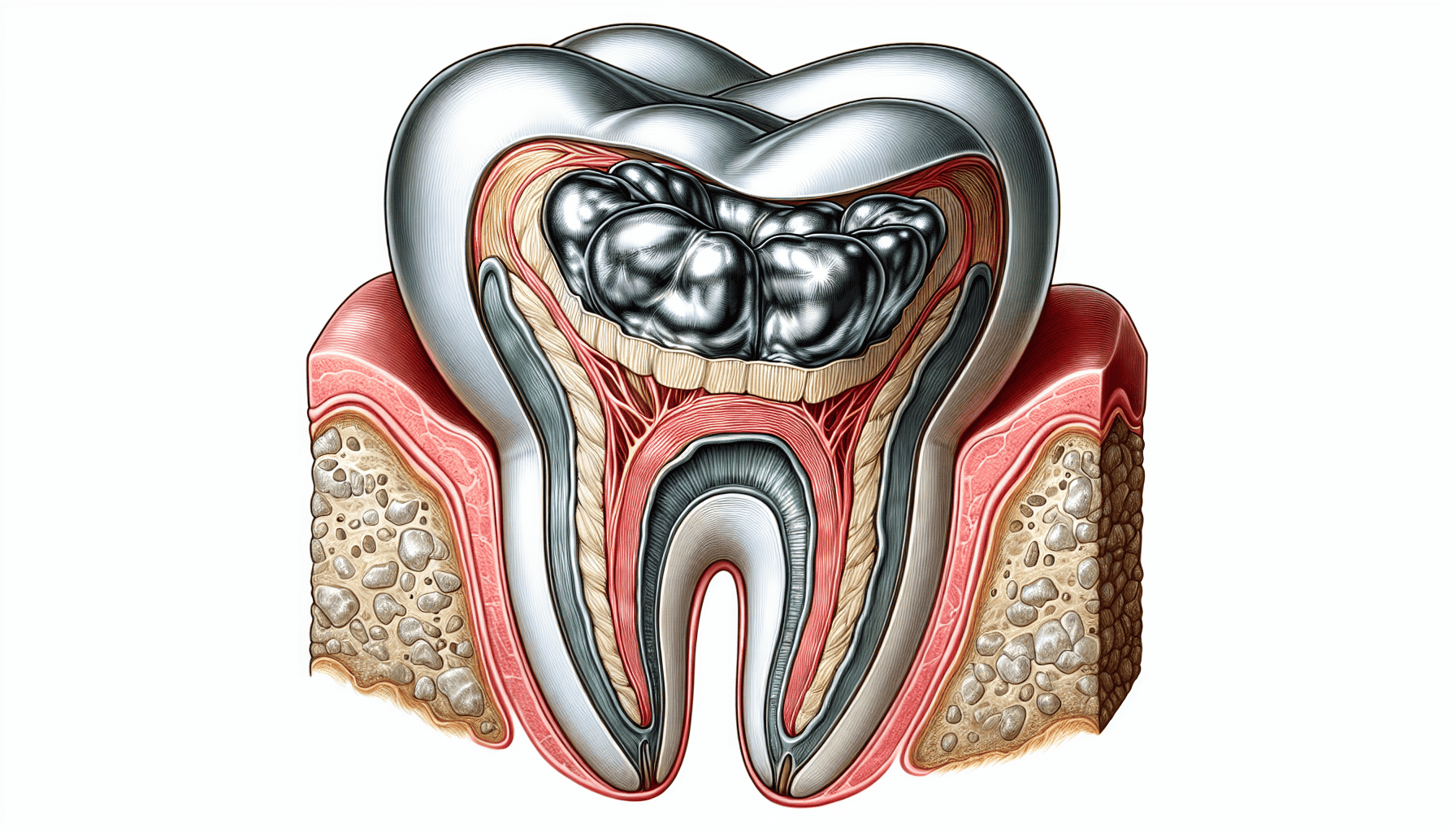
Therefore, it becomes clear that we need to promptly remove amalgam fillings to curb further exposure and potential health complications. The American Dental Association and other health organizations advocate for the safe removal of these fillings by dental practitioners to reduce mercury exposure and ensure the health and safety of patients.
Nevertheless, we should undertake the removal process with great care and precision. Incorrect removal techniques can increase mercury vapor exposure and lead to a spike in mercury levels in the patient’s system, exacerbating health risks. Hence, it’s essential for both dental personnel and patients seeking to replace their fillings to become proficient in the removal of amalgam fillings.
Modern Techniques in Amalgam Filling Removal
In light of the potential risks associated with mercury amalgam fillings, modern dentistry has developed advanced techniques for safe and effective removal. These techniques primarily focus on minimizing mercury exposure during the removal process, employing protective measures, and using advanced air filtration systems.
We will now explore these methods in more detail.
Controlled Cooling Systems
One of the main strategies in the safe removal of mercury amalgam fillings involves the use of controlled cooling systems. Essentially, these systems use water and air to cool the amalgam during the removal process, preventing overheating and thus minimizing the release of mercury vapor,.
We should bear in mind that water is used not only for cooling. It’s also instrumental in sectioning the amalgam into larger pieces during the removal process. This method decreases the exposure to mercury vapors, as smaller pieces of amalgam have a larger surface area and are more likely to release more mercury vapor.
In summary, employing water as a cooling agent and sectioning amalgam into larger chunks are both effective strategies in maintaining a safer environment by minimizing mercury vapor emissions. This technique plays a vital role in shielding both the patient and dental personnel from potential mercury exposure during the removal process.

Advanced Suction Technology
Another primary method employed in modern amalgam filling removal is the use of advanced suction technology. High volume evacuators, for instance, significantly decrease a patient’s exposure to mercury vapor and harmful amalgam particles during the filling removal process.
A step further in the use of this technology involves attaching a Clean Up device to the high-speed evacuation systems. This device further improves the capture of mercury discharges and amalgam particles, making the removal process even safer.
Fundamentally, advanced suction technology is a key component in the removal of mercury amalgam. By capturing mercury discharges and amalgam particles, it significantly reduces mercury exposure, ensuring the safety of both the patient and dental practitioners during the procedure.
Protective Barriers and Equipment
The use of protective barriers and equipment is another critical measure in the safe removal of amalgam fillings. Non-latex dental dams, for instance, are used to isolate the treatment area, minimizing patient exposure to mercury vapors.
In addition to dental dams, full body, impermeable barriers, along with head/face/neck barriers, are employed under and around the dental dam. These additional protective measures provide further protection to the patient during the amalgam removal process.
In summary, the implementation of protective barriers and equipment is an integral part of the mercury amalgam removal process. These measures ensure the safety of the patient by minimizing exposure to mercury vapors and amalgam particles, making the removal process safer and more controlled.
Post-Amalgam Removal Care
The care continues even after the removal of mercury amalgam fillings. Care following the removal of amalgam is vital to support the body’s detoxification process and to minimize potential side effects. Implementing a heavy metal detox protocol both before and after amalgam removal, for instance, can support the immune system and reduce the risk of toxic overload.
Diet plays a significant role during this detoxification process. Avoiding alcohol, sugar, artificial sweeteners, and processed foods helps minimize additional stress on the body’s detox pathways. On the other hand, eating foods high in sulfur such as garlic, onions, eggs, and cruciferous vegetables can support glutathione production, which is vital for detoxification within the body.
Additionally, here are some ways to promote the elimination of mercury from the body:
- Incorporating chlorella powder daily acts as a natural chelator to bind mercury and promote its elimination through the digestive system.
- Maintaining proper hydration is also paramount to facilitate the excretion of mercury.
- Ensuring regular bowel movements is important to prevent reabsorption of mercury from the gut.
Sauna sessions can also be beneficial in increasing sweat production, which offers yet another detoxification pathway for mercury released during amalgam removal.

Choosing the Right Dental Materials
Once the amalgam fillings have been safely removed, the subsequent step is to select suitable dental materials for replacement. Biocompatible dental materials, such as ceramic, glass, and composite resin, are preferred over dental amalgam fillings since they are tooth-colored, mercury-free, ensuring patient safety, and provide a more aesthetic appeal.
Composite fillings, for example, are widely used biocompatible materials. They bind well to teeth and reduce the need to disturb the tooth base once amalgams are removed. This qualifies them as a safe and effective alternative for replacing mercury amalgam fillings, also known as silver fillings or dental fillings.
However, the selection of new filling materials isn’t just about being biocompatible. Factors like post-placement sensitivity, durability, esthetics, conditions for placement, and cost also need to be considered. Ultimately, dental treatment should encompass safety, practicality, and affordability.
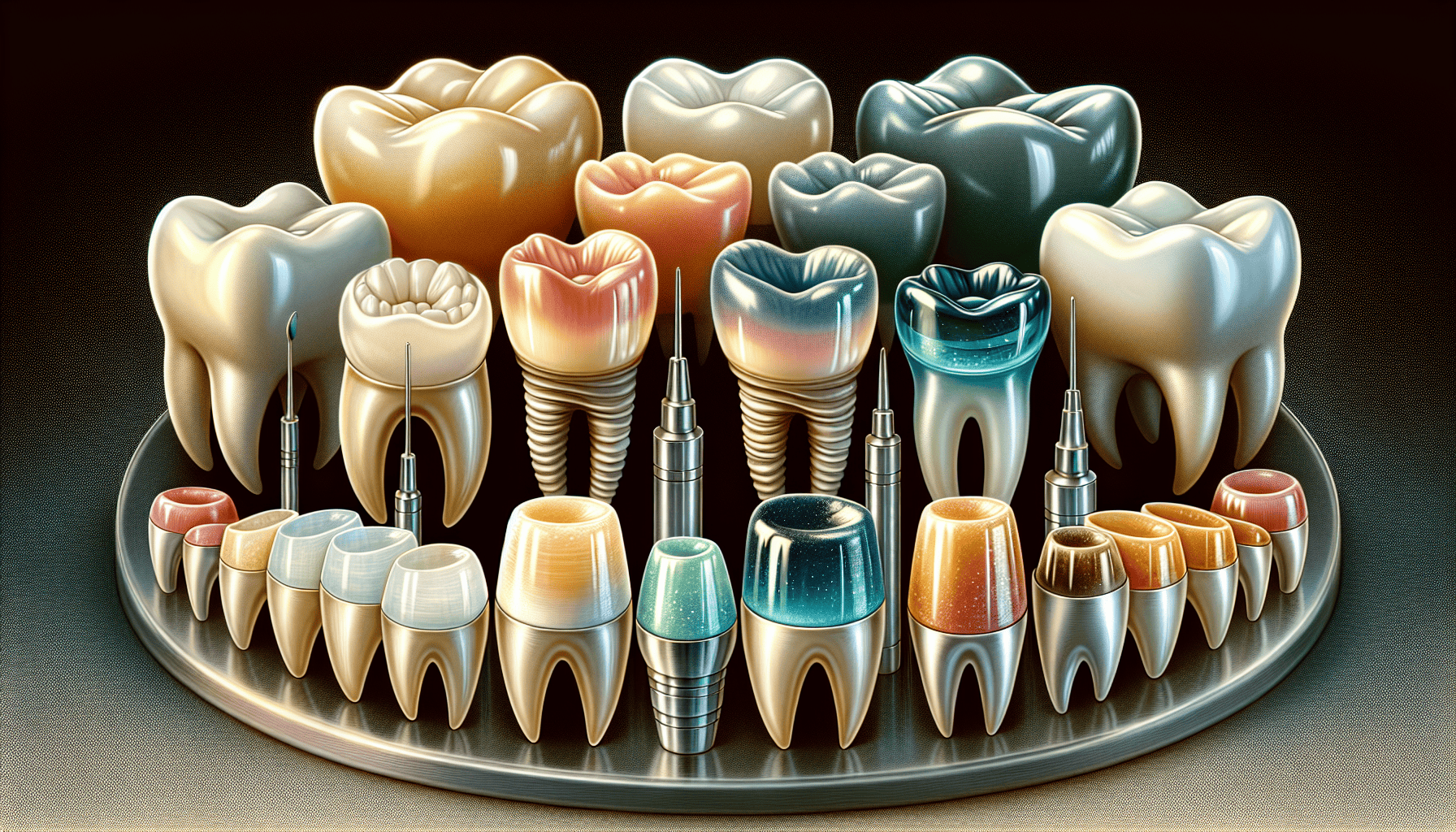
The Role of Dental Professionals in Amalgam Disposal
Apart from the removal process, dental professionals have a significant part in the correct disposal of amalgam waste. The Environmental Protection Agency (EPA) mandates that amalgam separators must capture at least 95% of amalgam particles, preventing mercury waste from entering dental office wastewater.
These EPA regulations became effective in 2017, with a compliance deadline for existing practices by 2020. This means that dental practices are now legally required to use amalgam separators, ensuring proper disposal and management of amalgam waste.
In addition to following these regulations, dental professionals are encouraged to adopt best management practices when handling and disposing of amalgam waste. This includes:
- Using the Safe Mercury Amalgam Removal Technique (SMART) protocol, which incorporates an amalgam separator
- Safeguarding the environment from mercury exposure
- Highlighting the critical role that dental professionals play in environmental protection
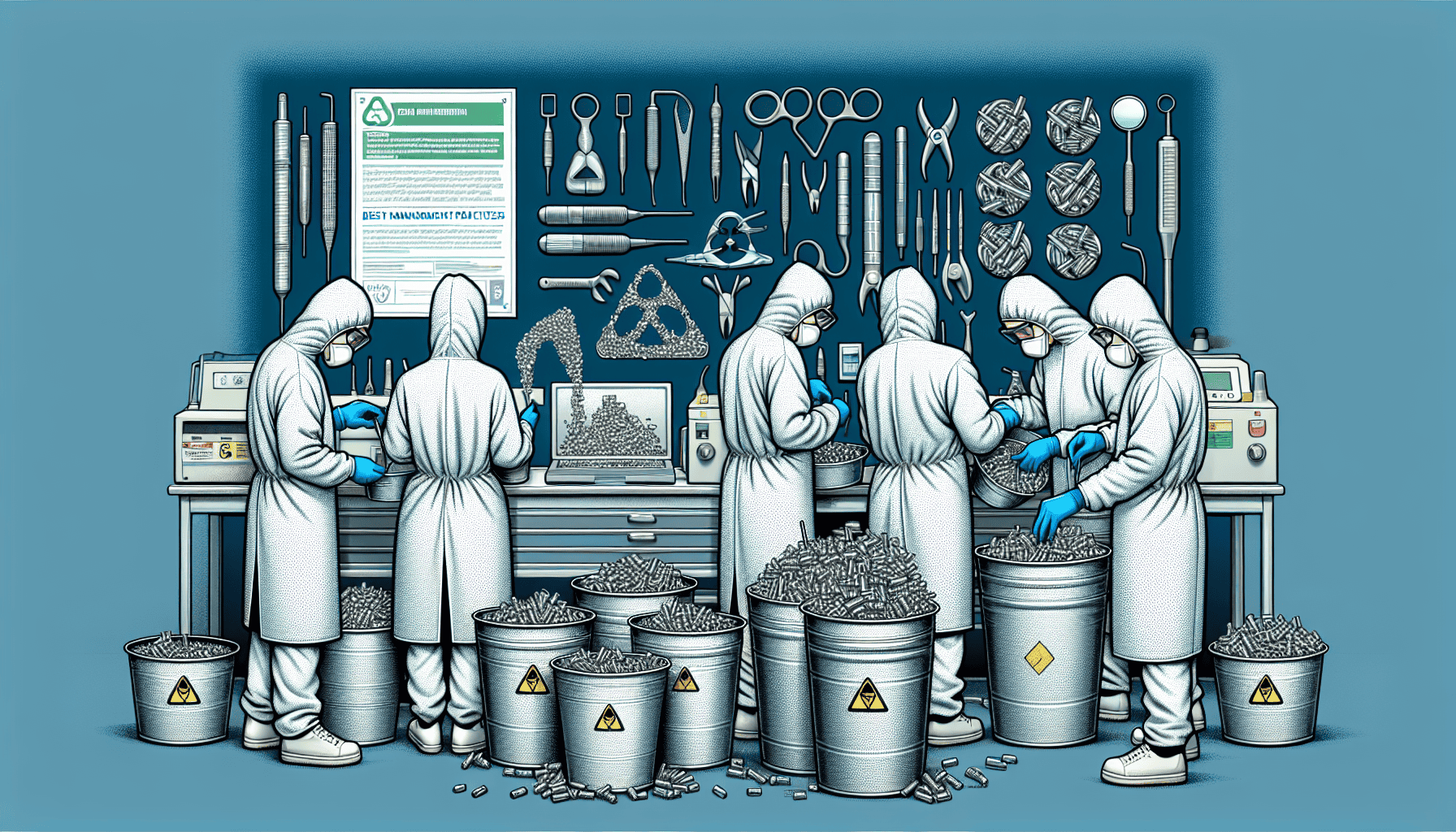
Navigating the Legal Landscape
Despite the known risks associated with mercury amalgam fillings, navigating the legal landscape can be complex. For instance, the World Health Organization (WHO) is recommending the gradual elimination of mercury amalgam fillings within the next 10 years. This initiative aims to reduce the potential health and environmental risks associated with mercury exposure..
As of the current date, half of dentists in America continue to use mercury fillings, despite possible health and environmental concerns. This indicates a continuing use of these fillings despite global recommendations, highlighting the need for increased awareness and education on the potential dangers of mercury fillings and the benefits of safer alternatives.
Patient Experiences and Clinical Outcomes
The impact of mercury amalgam removal extends beyond the dental chair. Many patients report feeling a sense of relief and improved health following the removal of their amalgam fillings. Some even experience neurological improvements, such as:
- reduced anxiety
- reduced depression
- reduced brain fog
- improved memory
Studies also suggest that patients may experience reduced fatigue and brain fog after the removal of mercury fillings. These reports highlight the potential benefits of amalgam removal, not just in terms of oral health but also overall well-being.
These encouraging patient experiences and clinical outcomes emphasize the significance of safe and effective amalgam removal. They also highlight the critical role of dental professionals in educating patients about the potential risks of mercury fillings and the benefits of safer, more biocompatible alternatives.
Summary
In conclusion, the discussion surrounding mercury amalgam fillings is of great importance in the current health-conscious era. Understanding the potential health risks associated with these fillings, as well as mastering the safe and effective removal techniques, is crucial. Beyond removal, proper post-care, choosing safe and biocompatible alternatives, and navigating the legal landscape also play a significant role. The collective effort of dental professionals and patients is key to moving towards a healthier, mercury-free future in dentistry.
Frequently Asked Questions
Mercury amalgam fillings can pose health risks as they continuously emit mercury vapor, a potent neurotoxin that can lead to neurological and systemic effects, including anxiety, depression, memory loss, and brain fog.
Modern techniques for amalgam filling removal involve controlled cooling systems, advanced suction technology, and protective barriers and equipment to minimize mercury exposure during the removal process. These advancements contribute to safer and more effective removal procedures.
After having your amalgam fillings removed, it’s important to implement a heavy metal detox protocol, maintain a healthy diet, and ensure proper hydration to support the body’s detoxification process. This will help in minimizing any potential adverse effects caused by the removal procedure.
Yes, biocompatible dental materials such as ceramic, glass, and composite resin are safer alternatives to mercury amalgam fillings, as they are tooth-colored and mercury-free, providing a more aesthetic appeal.
Dental professionals can ensure proper disposal of amalgam waste by following EPA regulations and using amalgam separators to capture at least 95% of amalgam particles, as well as adopting best management practices for handling and disposal.
On the average, replacing amalgam fillings with safe and biocompatible materials costs $400 – $800 per tooth. The price includes a fee for the safe removal process or the mercury in addition to the cost of the replacement filling. If a crown or other more expensive restoration is necessary the fee will be greater.
Mercury Detox After Amalgam Filling Removal
Many holistic dentists will offer activated charcoal pre treatment. Charcoal is basically a binding agent for heavy metals including mercury. Basically if any mercury enters the digestive track, it may bond to to the charcoal and pass through through the digestive system rather than getting stuck to the walls of your digestive system.
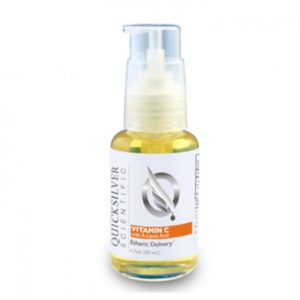
Liposomal Vitamin C
But what supplements can be taken after amalgam removal to help with heavy metal detoxification? We recommend sticking to safe, simple and natural techniques before going to more aggressive drug based detox strategies such as DMSA.
Vitamin C Before and Glutathione After Amalgam Removal
Liposomal Vitamin C before and after safe amalgam removal. Vitamin C boosts the ability of the body to repair itself. Vitamin C is always good for you. Liposomal Vitamin C is delivered through the thin skin under the tongue where it enters into the blood stream directly. Supplements taken by pill may never get absorbed or may get damaged in the stomach or broken down in the liver before becoming available.
Liposomal glutathione use after removal of amalgam fillings is the safest detox method. Dr. Adams recommends products from Quicksilver Scientific. Glutathione is a natural supplement that should not be taken prior to removal of amalgam fillings. Glutathione will assist your cells in moving heavy metals out of cells and into the blood stream where you can pee it out. The problem is you do not want to increase heavy metals until you are no longer being exposed by the presence of mercury fillings in your mouth.
Mercury is a very toxic substance to your body and it can cause many health issues. Mercury can be released into the body in several different ways including: chewing, drinking hot liquids, and teeth grinding. But one of the most dangerous ways it is released is the through the removal of mercury fillings. When drilling there is a release of mercury gas.
It is very important to use a special filtration system and proper safe amalgam removal process. We can replace your old fillings with porcelain or another non-toxic resin material. Some larger silver fillings may need to be replaced with crowns. We use metal-free zirconia crowns. Zirconia is one of the most biocompatible materials available in dentistry. It is also looks very nice like natural teeth and does not break.
Chlorella is another natural detox agent used by some naturopathic physicians.
Benefits of Removing Mercury From the Mouth:
- Removal of silver fillings from the patients mouth so they are no longer exposed to mercury. It is impossible to detox from mercury if you have mercury fillings in your mouth.
- The dentist and staff who are not exposed due to a safe removal process. The dental staff remove fillings all day everyday and imagine the exposure and contamination to the dental office when fillings with mercury are not removed in a safe manner.
Additional Advantages of Removing Mercury
Of course metal fillings have 50% mercury but there are many other reasons to remove them other than for reasons of toxicity. Most of us had them placed when we were kids and they are breaking down, leaking and when should we replace these things just anyways. All too often we wait too long and a root canal or dental implants are our only options.
- most metal fillings are older than 10 years. after 10 years, the margins on the fillings start to break down leaving a small gap between the filling and the tooth. This area leaks and cavities and rot occur under the fillings.
- metal sensitivity problems. many people are sensitive to one or more of the metals that are in the fillings. There are inexpensive lab tests to verify this and determine the ideal material to use with your fillings.
- You grind or clench your teeth. Mercury is released as a vapor when fillings are agitated and heated. This happens when we drill on silver fillings and that is why it is important to take special precautions when having them removed. They are also heated up when we grind on them. Teeth grinding (bruxism) is a common issue and should be considered when replacing your fillings.
- tooth sensitivity from filing breakdown. Amalgams weaken your tooth structure by contracting and expanding with changing temperatures. Heat causes expansion which we see in thermometer. Over the years you develop small cracks around your old fillings till eventually pieces start to come off. At this point crowns, root canals, and extractions are needed. It is better to treat these areas early to avoid root canals and tooth loss.
- Your teeth have started to fracture around your fillings. This can happen and you do not feel a thing. If your fillings are large then it may require a crown to restore the tooth and avoid a root canal or extractions. If the filling covers more than 50% of the chewing surface a crown may be your best option.
Schedule Consultation


 (301) 421 1996
(301) 421 1996 burtonsvillesmiles@gmail.com
burtonsvillesmiles@gmail.com

